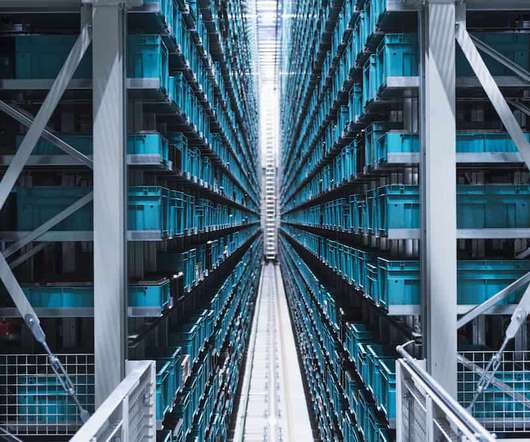Edmunds sets stage for AI with data infrastructure consolidation
CIO Business Intelligence
JULY 10, 2023
His role now encompasses responsibility for data engineering, analytics development, and the vehicle inventory and statistics & pricing teams. The company was born as a series of print buying guides in 1966 and began making its data available via CD-ROM in the 1990s. The shift to online started not long after.














Let's personalize your content